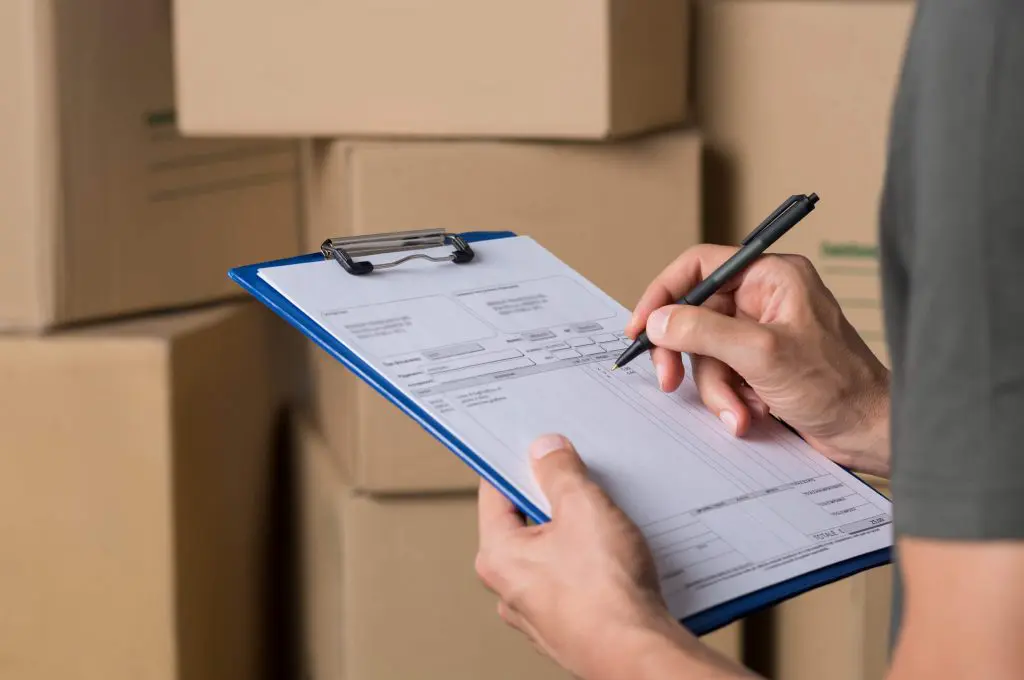Being a streamlined platform for selling and buying goods, ecommerce has changed a lot of things for the better. Day by day an increasing number of features is created with the intention to make the purchase process convenient. Every vendor perfectly understands the importance of good customer experience.
In spite of the fact that every change in ecommerce is done to improve customer satisfaction, no matter how hard you try there are certain challenges of e commerce that damage your business. One of such major e commerce issues and challenges is related to out-of-stock products.
According to the study carried out by the IHL Group, the total value for lost revenue of businesses accounted for $634.1 billion in 2015. These numbers once more highlight the key role of the inventory management system as a stockout problem-solver in e commerce.
Because of the out-of-stock products, your business can suffer a lot. The main e commerce problems that it will have to face include losing a customer to a competitor, jeopardizing reputation, getting back items in stock rapidly and more.
Losing a customer to a competitor for this particular product
The statistics show that stockout is one of the top influencing factors of customer satisfaction. It means any stockout experience may cause customer frustration and as a result, drive them to a competitor’s store. Furthermore, it’s estimated that 91% of customers aren’t willing to engage with the same store after a bad experience with it.
But stockout isn’t only about losing money. There are other major issues that will impact your business:
- Losing customer loyalty towards your business
- Well-planned promotions lose impact if there is a stockout
- Additional time and resources are required for getting items back
Consequently, with so many risks in hand, the vendors also have to witness several unpleasant scenarios because of products out of stock.
The worst outcome that a retailer would have to confront is losing customers to a competitor because of stockout. As a rule, it costs the vendor a lot.
Customers buying from the competitor almost never come back. Moreover, losing customers leads the retailer not only to financial difficulties but also creates additional costs for finding new customers to replace lost ones.
Fortunately, in recent years supply chain management has become more sophisticated in this regard. There is now a number of inventory management systems like Intuendi that will help the retailer ensure the right stock.
As a result of inventory optimization software implementation stockouts have become less of an e commerce problem for businesses and it’s an ongoing process. Every day more and more businesses switch to using demand forecasting tools since they are able to provide accurate data without causing serious damage to the retailer’s budget.
Losing reputation
According to the US Small Business Administration, an inventory system that is poorly managed is the number one reason small businesses fail. Moreover, 46% of them even don’t have any sort of system to track their products. In addition to bringing to production shortages, such kind of business strategy also negatively affects customer satisfaction ratings.
Vendors and manufacturers suffer immense losses annually conditioned with disappointed customers and empty shelves. Damaged reputation, lost customer loyalty, useless promotions, reordering higher costs translate into millions and even billions of dollars for retailers.
Brands work hard to build a reputation, but it can take mere moments to lose it and all because of a lack of proper demand forecasting.
Thankfully a number of forward-thinking companies have fully realized the significance of proper inventory management system. Thus, they have considerably decreased the risk of e commerce issues and challenges. It helps them avoid human-based errors that are causing serious expenses for the company.
To reasonably tackle the stockout issue, suppliers and retailers have to coordinate their information sharing and other procedures. The good news is that there are many tools that facilitate these processes and make the data as accurate as possible.
The companies that use demand forecasting software already enjoy its power of maximizing sales and minimizing costs with the results of higher profits. They enable retailers to avoid or handle stockout situations easier than ever.
Getting back items in stock rapidly
They say the best practice of dealing with stockout is avoiding it. However, what if a retailer already has out of stock products? What to expect or to do in this case?
When customers are unable to find what they are looking for, they usually do five things:
- Find a substitute for the out-of-stock products in your store
- Substitute it with a product from competitor’s store
- Don’t buy it at all
- Buy the product at another store
- Cancel the purchase until the product out of stock is back at the particular store
As it becomes evident the majority of the above-mentioned points aren’t a beneficial scenario for vendors. However, there are some hopes that the purchase will be done after all when the customer delays the purchase with the hope of finding it again in-stock.
That’s where the retailer should use all channels he can to bring the product in stock as quickly as possible. He should prevent the customers from going to the competitor’s store.
According to a survey conducted by Emory University professors, the abandoned purchases in sales mean 4% loss for a retailer. For a seller with a billion dollar profit per year, it means $40 million loss of revenue a year because of such incomplete purchases.
The same survey also revealed that the reasons for stockouts are mostly related to inaccurate demand forecasts, in other words, mismanaged inventory.
Summarizing, it becomes clear that it’s impossible to avoid stockout, but it’s possible to handle and even prevent it minimizing its risks and fatal damages. Demand forecasting software is a tool for modern days’ retailers since they know how precious is every minute in ecommerce. Thus, avoiding stockouts requires real-time data and accurate forecasting that is impossible to provide without a proper inventory management system.






